I have a pandas dataframe that contains a year and week column:
year week
2018 18
2019 17
2019 17
I'm trying to combine the year and week columns into a new 'isoweek' column using the isoweek library. I can't seem to figure out how to properly loop through the rows to create the object column. If I do something like:
df['isoweek'] = Week(df['year'],df['week'])
isoweek chokes on the vectorization. I've tried creating a basic list and appending it to my dataframe, like so:
obj_list = []
for i in range(500):
year = df['year'][i]
week = df['week'][i]
w = Week(year,week)
obj_list.append(w)
df['isoweek'] = obj_list
But I end up with a simple tuple in the column.
The goal is to be able to use some of the isoweek library's operations to calculate date differences, like:
df['isoweek'] - 4
>isoweek.Week(2019, 34)
Is it even possible to store an object like this in a dataframe column? If so, how does one go about it?
